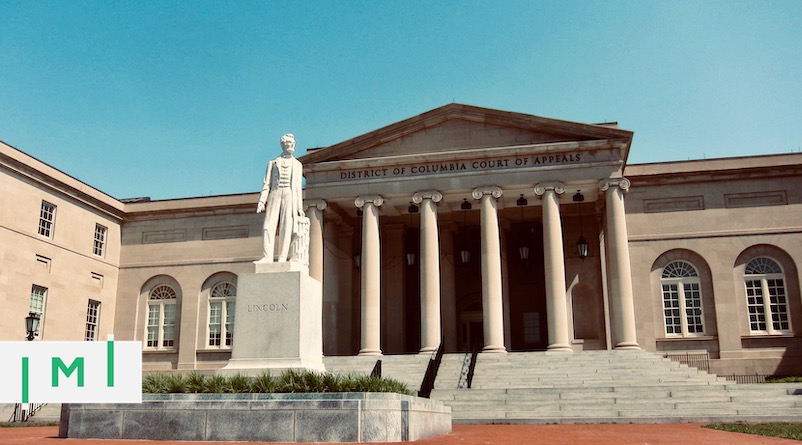EB-5: Family Members Correctly Count Towards 10,000 Visa Cap, DC District Court Rules
For years, EB-5 advocates have argued that the program’s 10,000-visa cap should be interpreted to mean 10,000 investors with families rather than 10,000 individuals, the prevailing interpretation. In a ruling last week, the US Court of Appeals for the District of Columbia Circuit upheld the prevailing interpretation, dashing hopes of a potential tripling of the effective EB-5 quota.
In his Opinion for the Court, Circuit Judge Walker explained the Court’s reasoning:
“When the Department of State calculates how many visas it may issue for foreign investors, it includes an investor’s spouse and children in the total count. So, for example, if there are 10,000 investor visas available in a year, and if the first 3,000 of those visas go to investors with 7,000 spouses and
children, no additional visas are available to foreign investors. The Plaintiffs challenge this counting practice. They claim the Department should have stopped counting family members against the total number of investor visas after Congress relocated the controlling text within the Act in 1990. We disagree. The Act required the Department’s approach before 1990, and it still does. Congress did nothing in 1990 to change the text’s meaning. We therefore affirm the district court’s dismissal of the Plaintiffs’ lawsuit.”
Reacting to the ruling, Aaron Grau, Executive Director of IIUSA, said “we believe Congress developed the EB-5 visa to facilitate economic development and job creation and that the law should be interpreted as such: facilitating the most number of investor visas possible. This case represented a well-reasoned legal solution to provide that relief and economic stimulus.”
Friday’s three-judge unanimous decision rounds off a challenging month for the EB-5 program:
- On June 22nd, the program scored a win when the Northern District Court of California ruled in favor of Behring Regional Center in its case against the Department of Homeland Security. The ruling vacated the Modernization Rule, which – among other effects – had raised the minimum investment amount from US$500,000 to US$900,000 in November 2019. The vacating of the rule has, at least for the moment, brought the minimum investment back to the erstwhile US$500,000 threshold.
- Just two days later, however, the US Senate rejected Senators Leahy and Grassley’s bid to pass an EB-5 reauthorization bill by unanimous consent. The last-minute rejection meant that the expiration of the EB-5 regional center program (though not the program as a whole) could not be prevented.
Christian Henrik Nesheim is the founder and editor of Investment Migration Insider, the #1 magazine – online or offline – for residency and citizenship by investment. He is an internationally recognized expert, speaker, documentary producer, and writer on the subject of investment migration, whose work is cited in the Economist, Bloomberg, Fortune, Forbes, Newsweek, and Business Insider. Norwegian by birth, Christian has spent the last 16 years in the United States, China, Spain, and Portugal.



